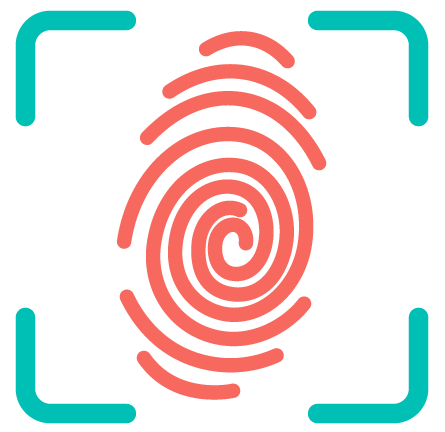Will computers stop working in 2038?
Despite the modern 18–24 month generational update in computer systems technology, embedded systems are designed to last the lifetime of the machine in which they are a component. It is conceivable that some of these systems may still be in use in 2038.
What will happen in the year 2038?
The counter will then begin to count from the negative scale, once this date comes to pass, causing the computers to reset to December 13th 1901, leading to all kinds of errors in every modern 32-bit computer. This is the 2038 problem, which will mark the end of UNIX time and subsequently the UNIX epoch.
Will there be another Y2K?
When the year 10000 (Y10k) rolls around, we’ll have the Y2K problem all over again when we try to subtract 9000 from 0000. If 8,000 years is too far in the future, don’t worry! There’s another giant date bug that’s right around the corner in 2038.
What is Unix 32-bit time?
All 32-bit Unix/Linux-based systems store the system clock time internally as the number of seconds since the “Epoch.” The latest time and date that can be represented as seconds-since-the-Epoch in that 32-bit signed integer is 3:14:07 UTC on Tuesday, January 19, 2038.
Why is 2038 a problem?
If you have read How Bits and Bytes Work, you know that a signed 4-byte integer has a maximum value of 2,147,483,647, and this is where the Year 2038 problem comes from. The maximum value of time before it rolls over to a negative (and invalid) value is 2,147,483,647, which translates into January 19, 2038.
Will there be a Y3K problem?
The bug named Y3K does not let the user install the latest version of Windows 10 if the BIOS date is set to 19 January 3001, or later, on both AMD or Intel motherboards. An IT professional and a YouTuber named Carey Holzman further explains the problem.
Is 2038 going to be a problem?
Who solved the Y2K problem?
Software and hardware companies raced to fix the bug and provided “Y2K compliant” programs to help. The simplest solution was the best: The date was simply expanded to a four-digit number. Governments, especially in the United States and the United Kingdom, worked to address the problem.
What was the Y2K virus?
Y2K bug, also called Year 2000 bug or Millennium Bug, a problem in the coding of computerized systems that was projected to create havoc in computers and computer networks around the world at the beginning of the year 2000 (in metric measurements, k stands for 1,000).
Why is 2038 the end of computers?
What is Y2K scare?
The Y2K Scare was a phenomenon at the turn of the 21st century where computer users and programmers feared that computers would stop working on December 31, 1999. The phenomenon was also referred to as the “Millennium Bug” or “Year 2000 problem” by technology experts.
What version of Y2038 should I use?
Y2038-compliant versions of any third-party libraries should also be used. In some 32-bit systems, it may be possible to change the representation of time (e.g. ‘time_t’ in “C”) from a signed integer to an unsigned integer, thus extending the time range another 68 years to 2106.
Why do mobile devices have Y2038 issues in 2038?
Another reason why mobile devices may have Y2038 issues in 2038 has to do with the way the fact that mobile devices require precise time synchronization with the current time and may have no easy way for developers to test their applications with future dates. Was this answer helpful? Yes / No 1. What is Y2038 (the more detailed version)?
Is Mac OS X Y2038 compliant?
Mac OSes starting with 10.7 Mavericks (aka OSX) are 64-bit with an epoch the same as Linux/Windows (Jan 1, 1970), so OSX itself does not have a Y2038 issue. However, note that 32-bit apps (which may have Y2038 issues) can be run in OSX. There is also no inherent guarantee that 64-bit apps are Y2038 compliant.
Is the in-kernel representation of inode timestamps Y2038 safe?
The problem: The in-kernel representation of inode timestamps was in struct timespec, which is not Y2038 safe. The proposed solution: Change the representation to struct timespec64, which is Y2038 safe.
